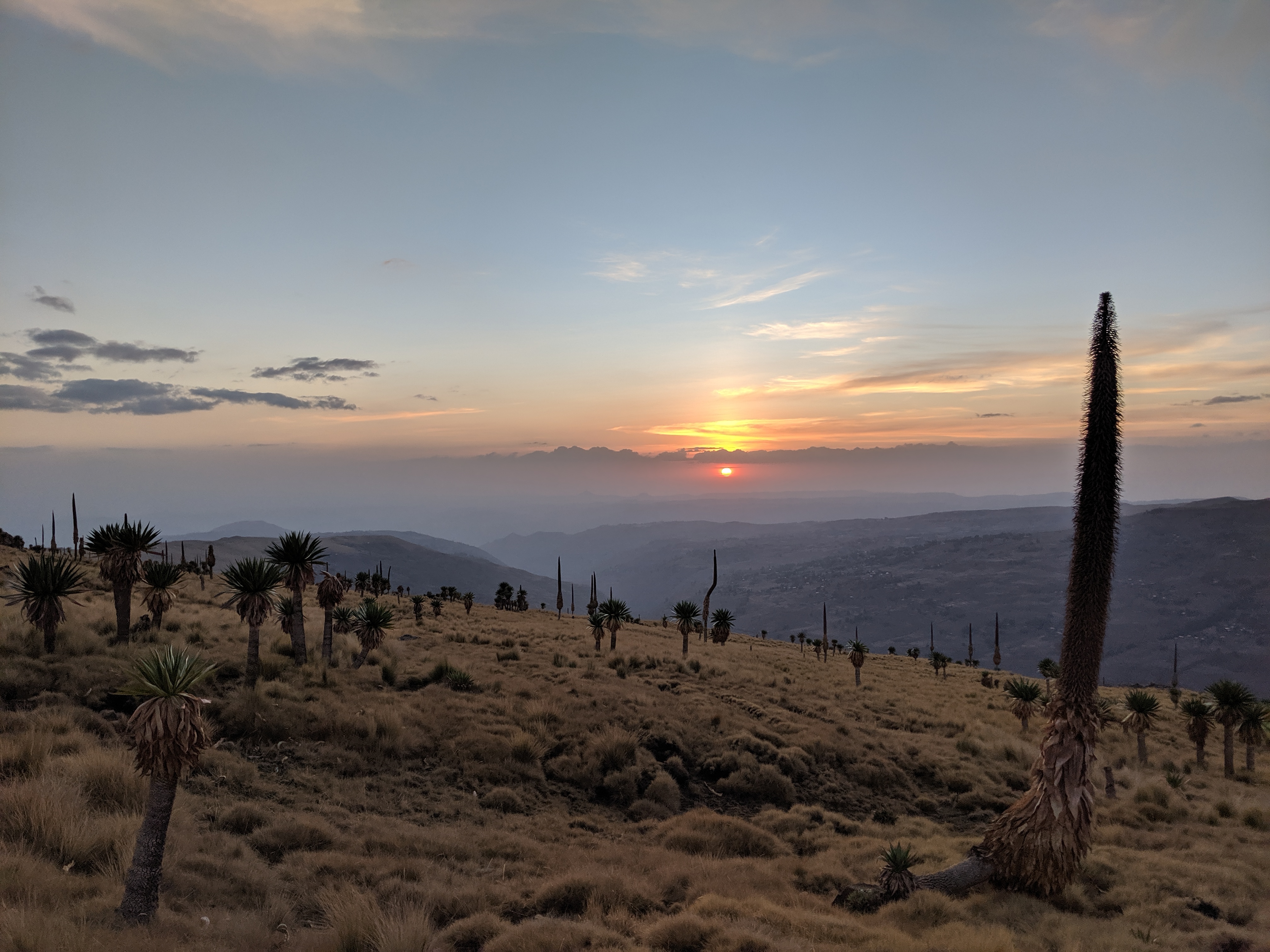

By Sandra Lai
What does the word caring mean to you? I found myself asking this question after spending 3 weeks in the remote Bale Mountains, a significant part of it capturing, vaccinating, and GPS-collaring Ethiopian wolves. It’s the dry season in Ethiopia — this year, it’s even crackingly drier than usual.
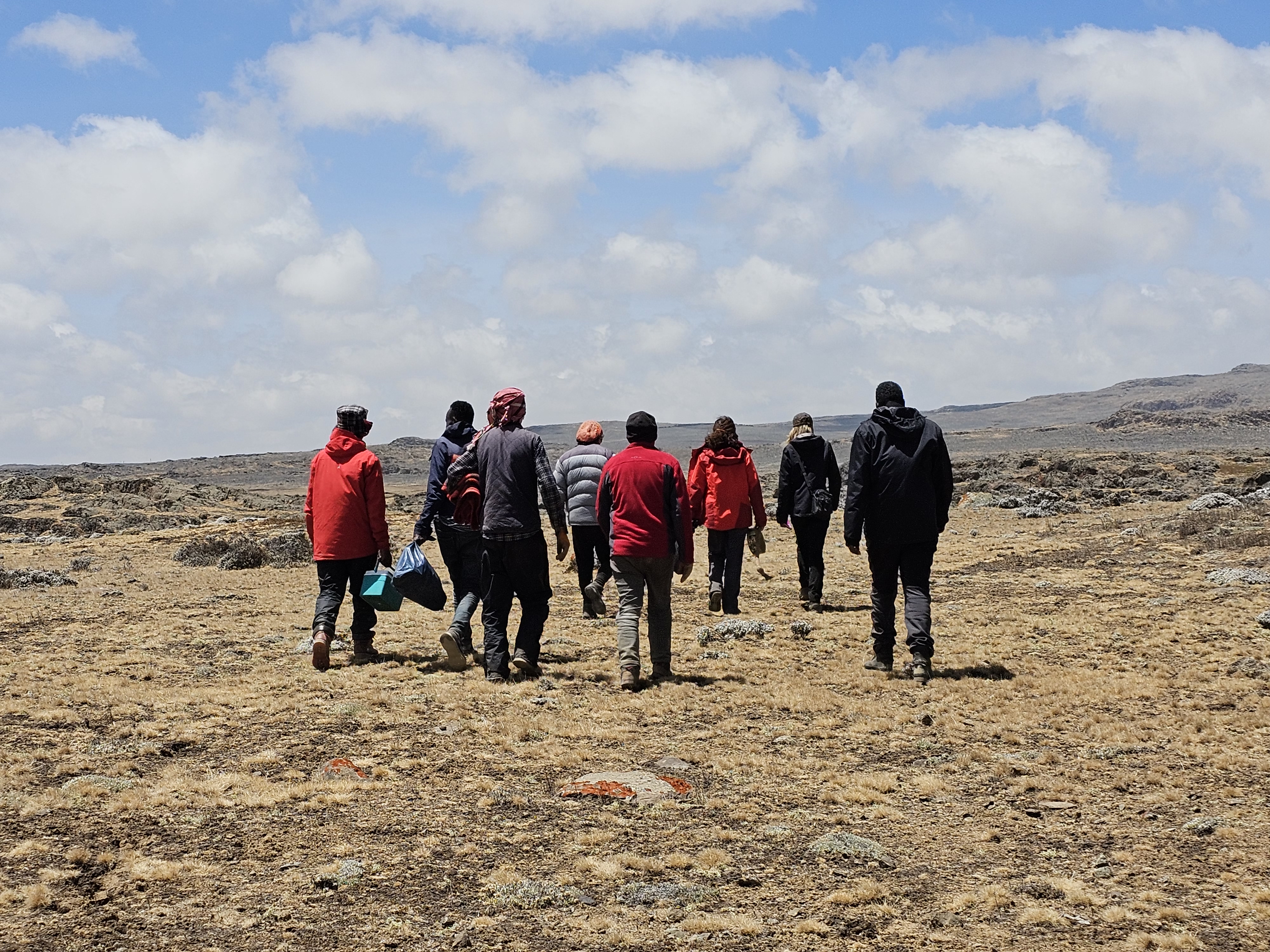
When we think of pollinators, we often picture flying creatures, such as bees, butterflies, birds or even bats. We certainly don’t think of large carnivores performing these ecological roles. In a paper published in Ecology this month, we discuss a fascinating Ethiopian wolf behaviour – and one of the first recorded instances of plant-pollinator interaction involving a large carnivore.
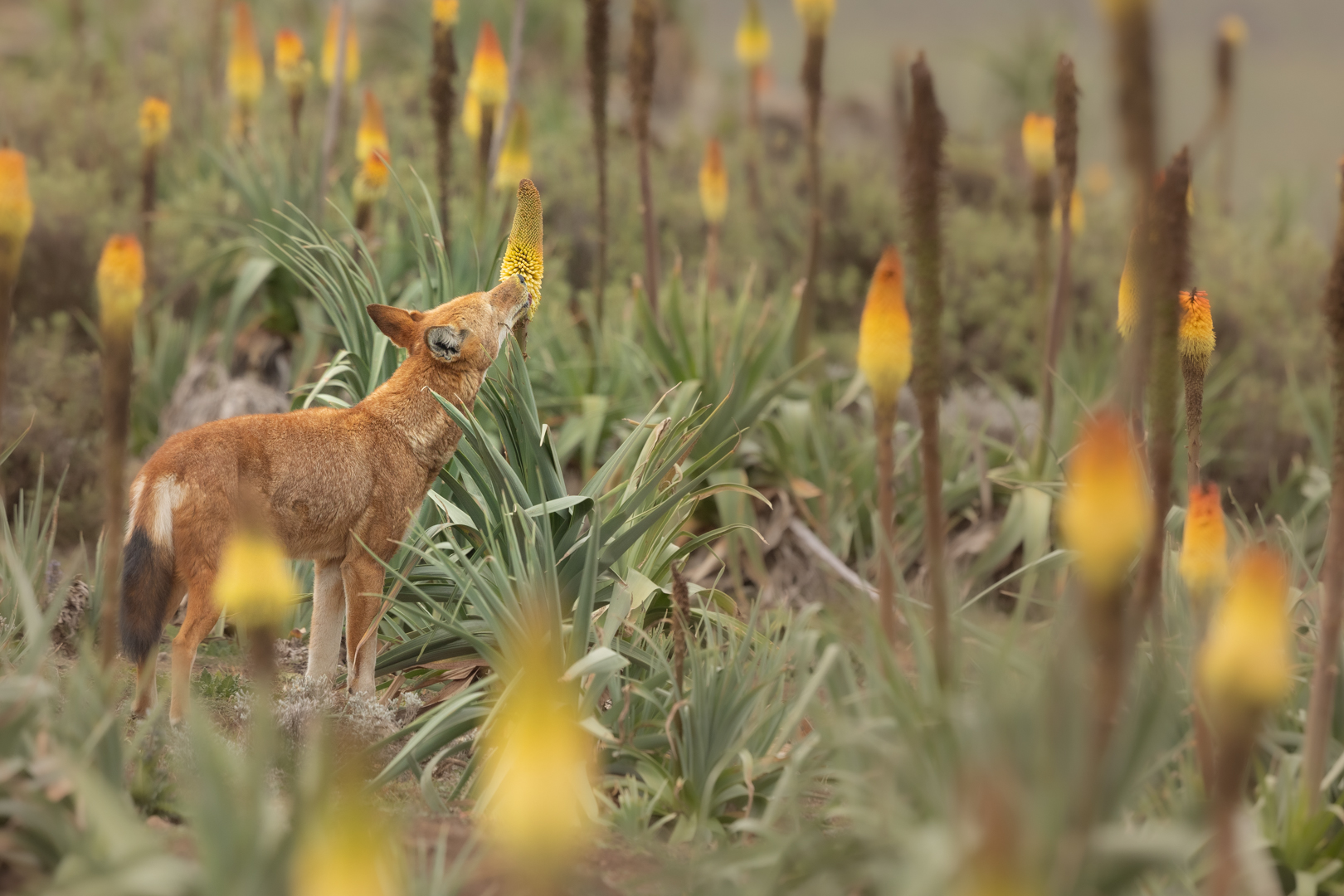
Ethiopian wolves sit on a ridge against the sunset. © Adrien Lesaffre
Determining accurate population estimates is one of the most challenging, yet important, parts of any wildlife conservation programme. It asks a very simple question - how many animals remain in the wild? Whilst exact population numbers may be secondary to maintaining healthy breeding units for the wolves’ long-term future, it remains a key part of EWCP’s monitoring activities.
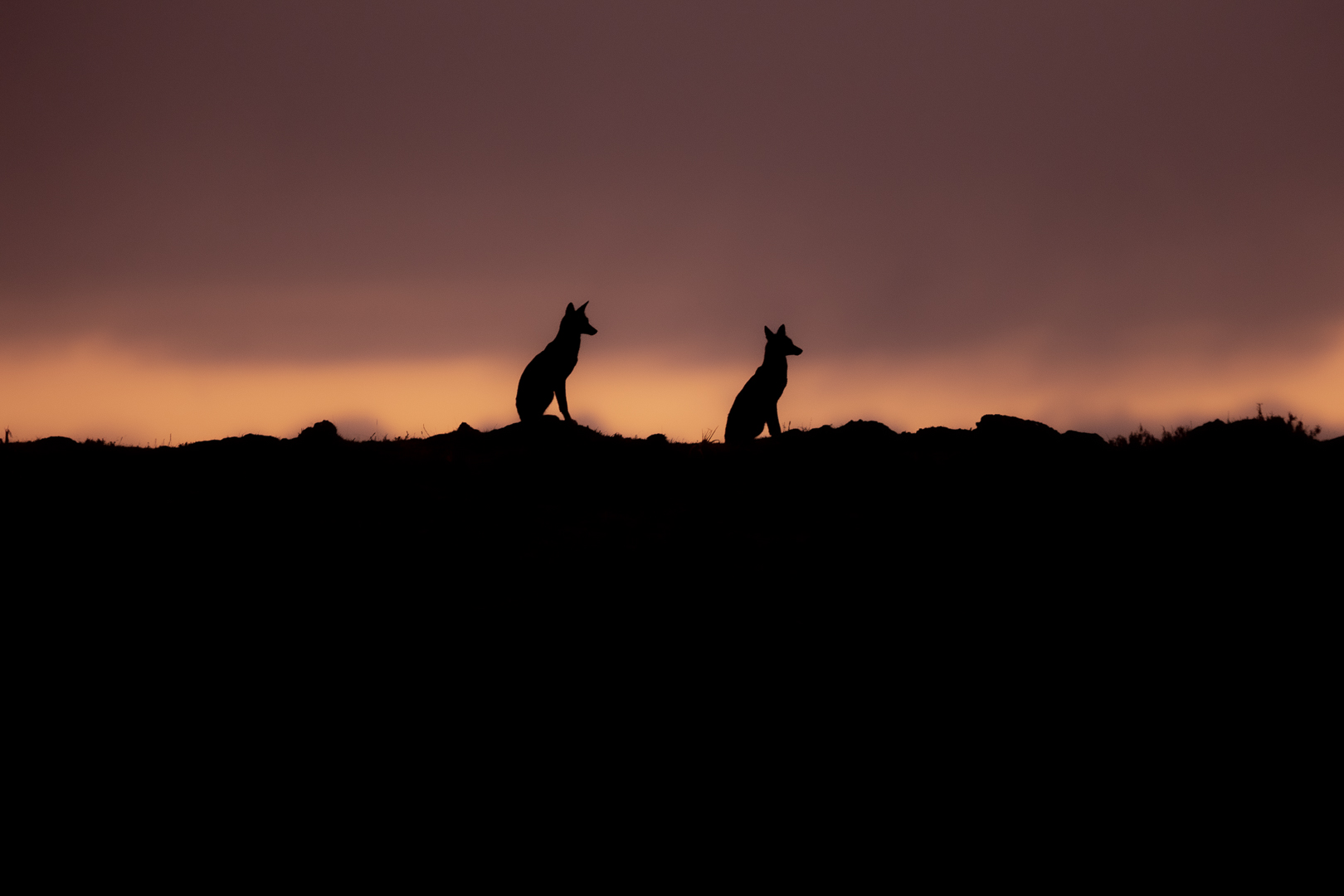
From an old shipping container to a crucial field lab!
All the way back in 2020, work began to install a brand new field lab at EWCP HQ in Dinsho, Bale Mountains National Park. A facility was sorely needed as a base of veterinary operations, to process and store samples, and conduct post-mortems. The project started with the arrival of a repurposed shipping container, freshly customised and kitted out at the Born Free Foundation’s Kotteh Wildlife Rescue Sanctuary near Addis, by a team headed by Bereket Girma.

By Sandra Lai
When I described my new position in EWCP and mentioned that I would be going to Ethiopia to work on Ethiopian wolves, my friend Emilie exclaimed: “oh! so you are a biologist studying an endangered species in a war zone!” I froze… Was that really what I would be doing? Technically, yes, the Ethiopian wolf is classified as “Endangered” and indeed, Ethiopia is currently having some conflicts… so she was correct in a sense. What would the reality be like over there?
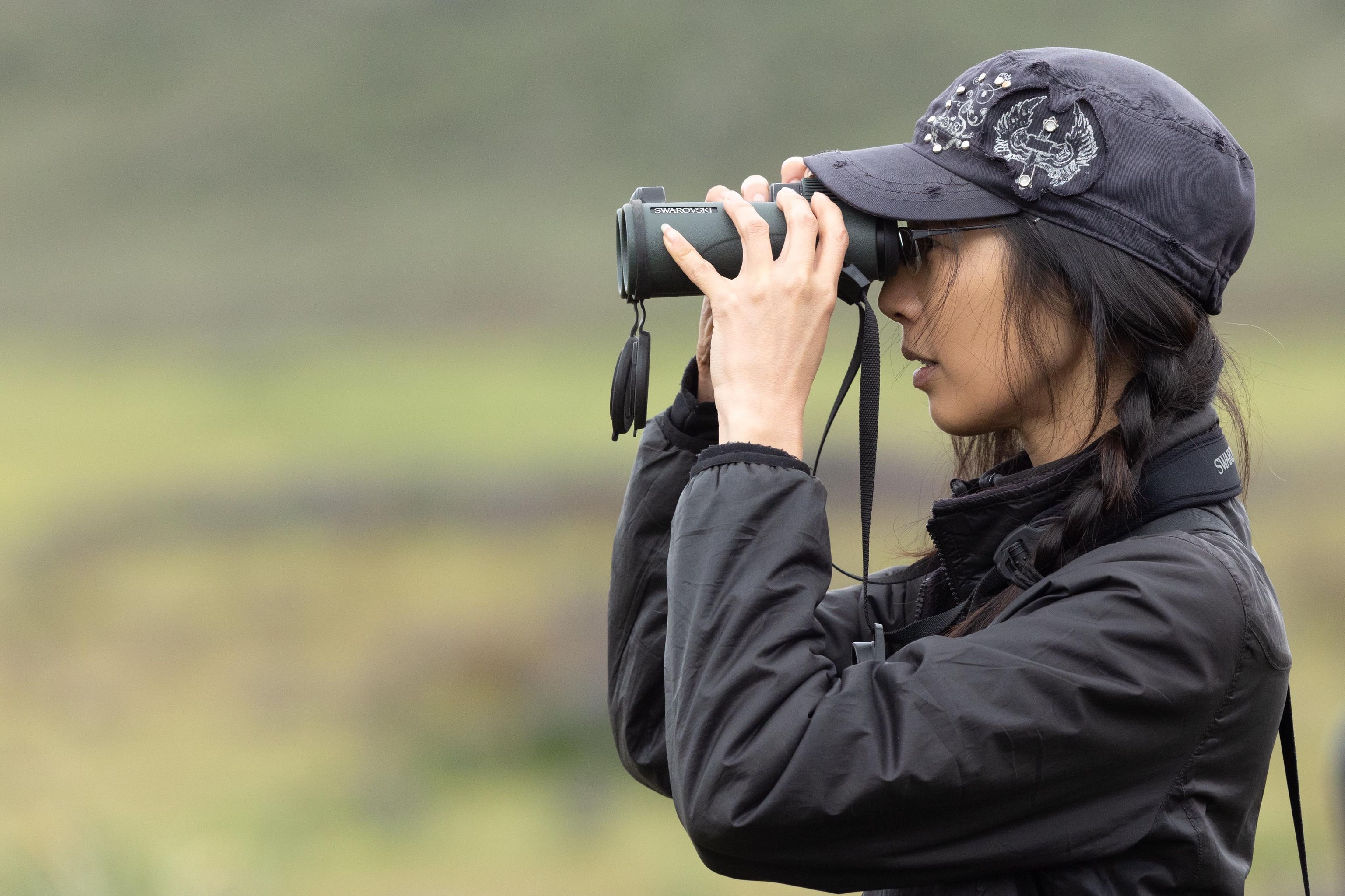
Last year we were joined by a number of MBiol students from Oxford University who used EWCP data to complete a year-long research project. One student, Naomi Hawrylak, conducted her study on the nature of interactions between wolves and dogs and is excited to share her interesting findings below:
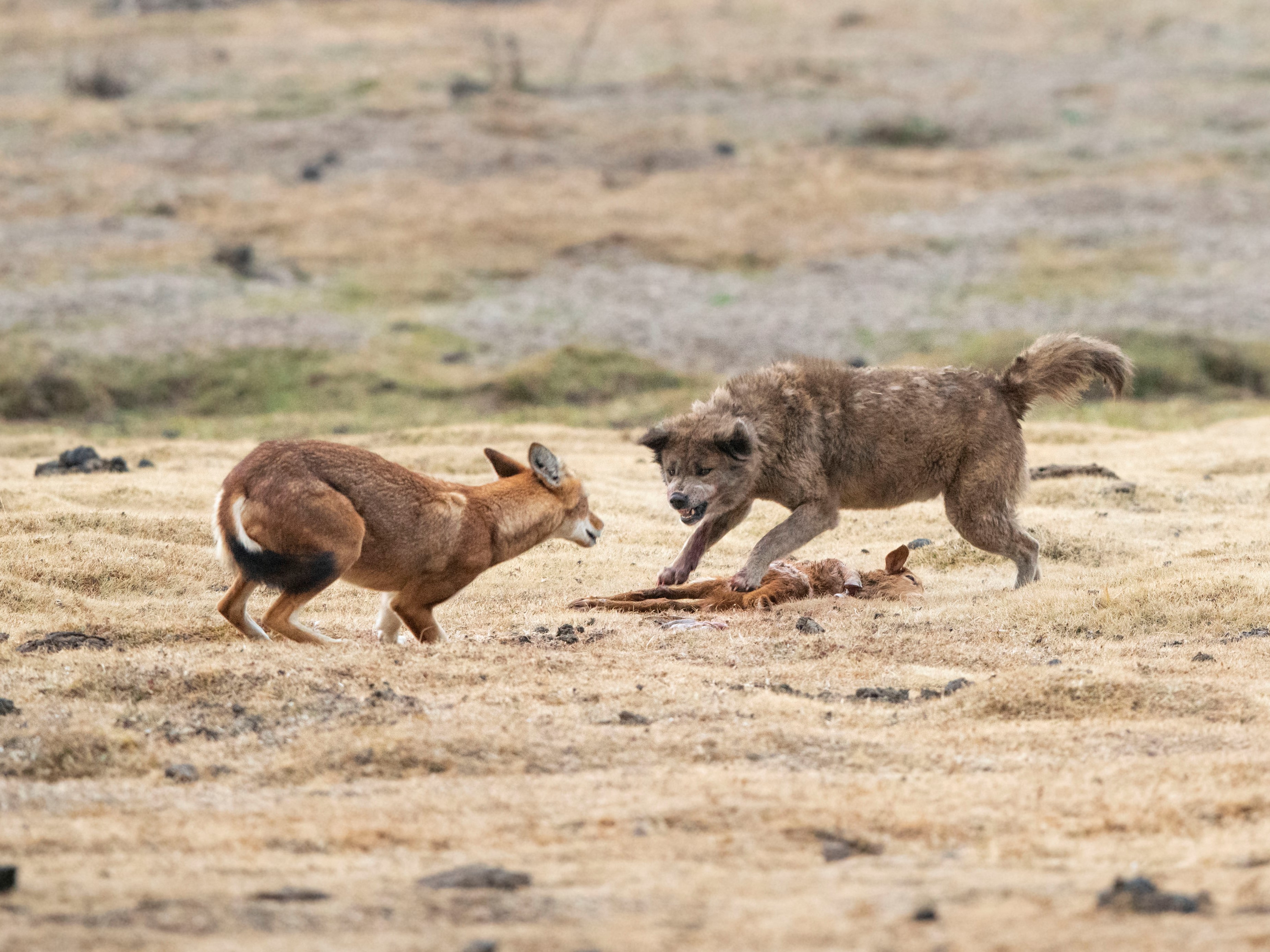
In the hills of Shehano, perched in the slopes of the Simien Mountains, lives a unique wolf: Terefe. He is the first ever Ethiopian wolf to be nursed back to health and released back to the wild after a life-threatening injury. Following his successful rescue and rehabilitation in 2020 by EWCP staff and associates, we have closely followed Terefe’s journey since his release, thanks to his Lotek Litetrack collar. Though he failed to re-join his natal pack, Terefe survived well enough on his own as he roamed northwards, eventually settling near the village of Shehano. Here, he was joined within a few months by a young female wolf, and the Terefe pack was formed.
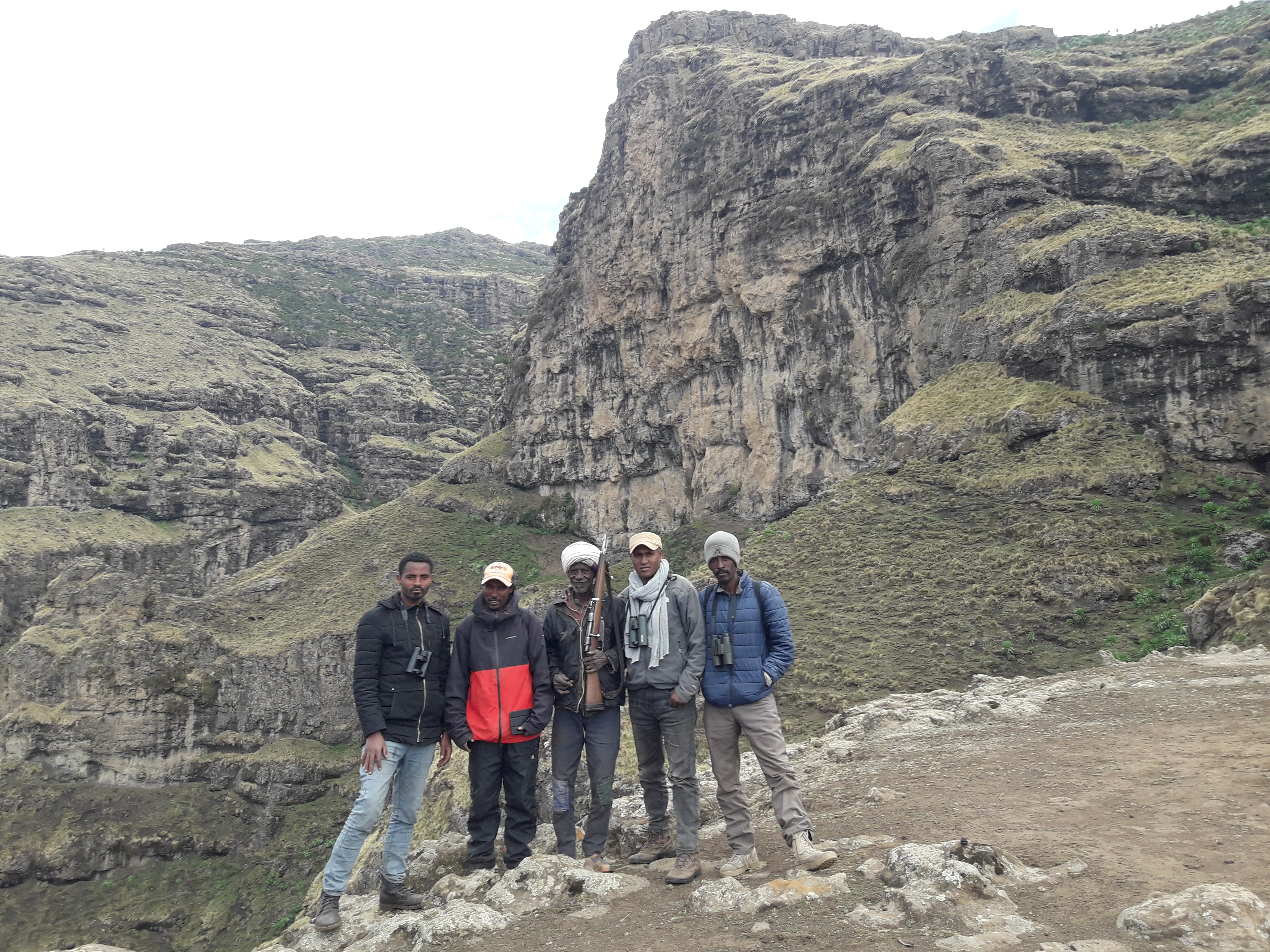
Ethiopia has been facing turmoil for over a year, and our field operations have been in a state of flux. After many months of uncertainty, the New Year has seen us take the first steps towards resuming work as normal. With the spread of conflict spanning many of the mountain ranges where we work, our field operations throughout northern Ethiopia were suspended and staff pulled out for their safety. Now, as the situation stabilises we have been able to cautiously set out into the mountains once again. The safety of our staff remains our highest priority, though we are eager to check up on the wolves and people in the mountain ranges we have been unable to visit for some time.
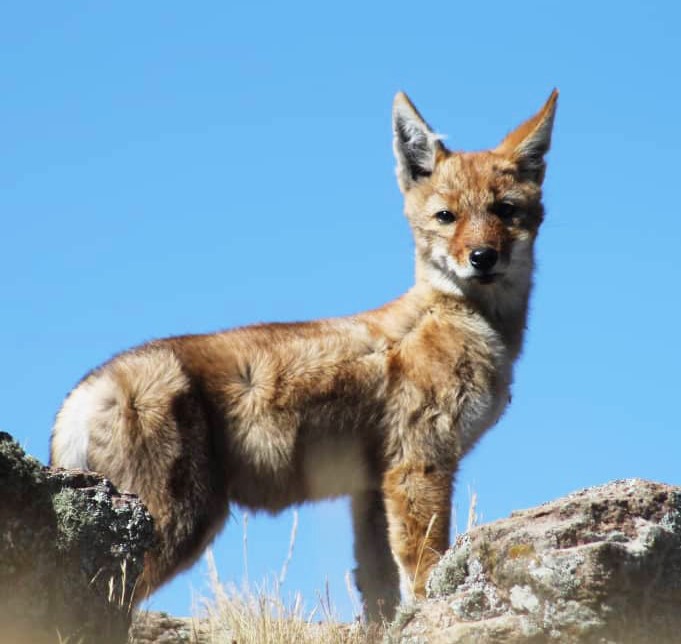
We are delighted to bring you news from the Simien Mountains we have all been hoping for: Terefe, the world's first rehabilitated Ethiopian wolf, is a lone wolf no longer! Not long into the New Year, we heard from Chilot Wagaye, a local community guard who has been keeping a look out for Terefe since he settled near Shehano village after his release. Chilot got in touch to tell us he had recently seen Terefe in the company of another wolf, one he believed to be female! EWCP monitors Jejaw and Andualem, led by team leader Getachew Assefa, quickly set out for Shehano, keen to confirm the sighting and learn more.
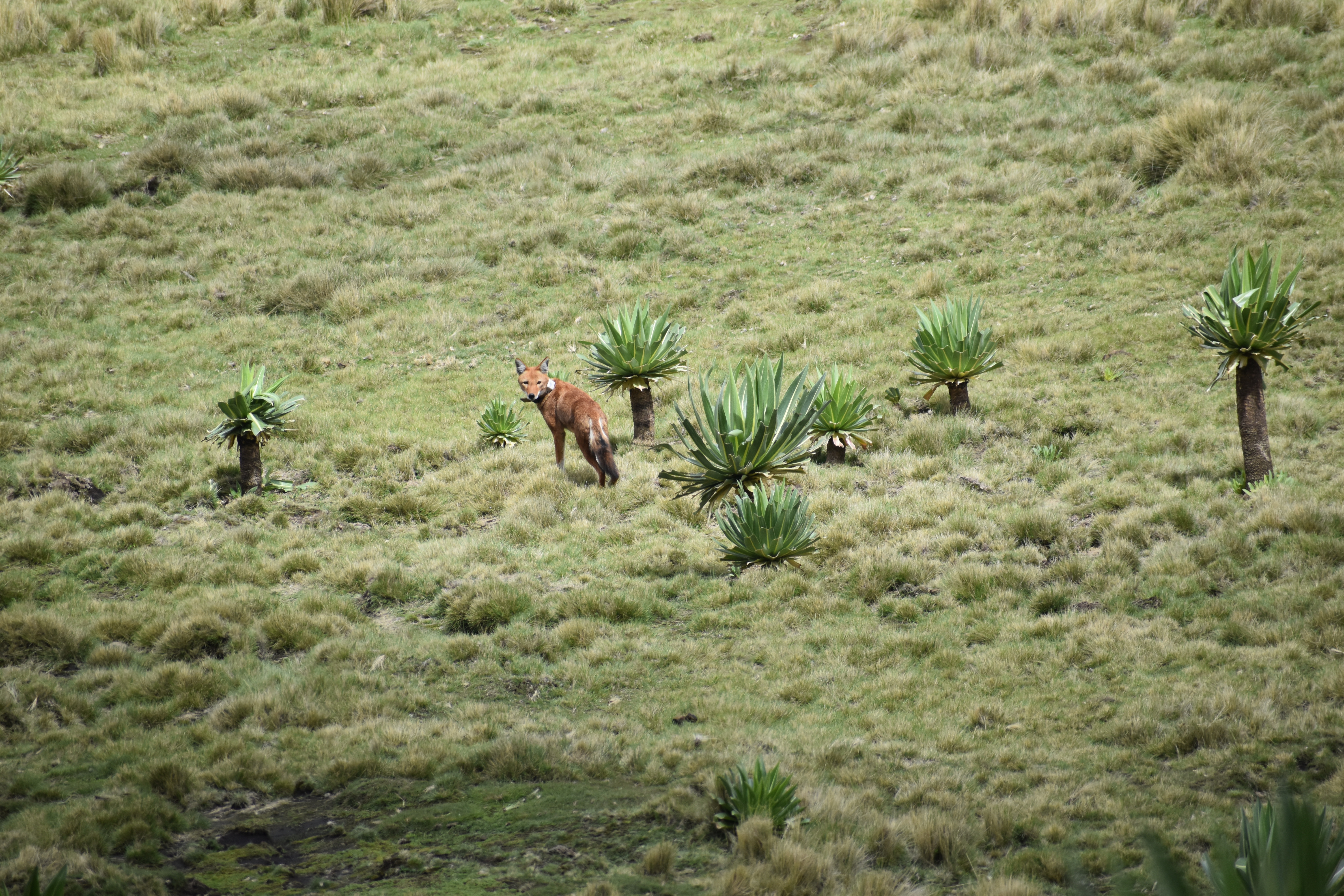
The Abune Yosef massif is one of the largest Afroalpine areas in Northern Ethiopia. Here, Ethiopian wolves roam in mountaintops surrounded by steep escarpments, spreading agriculture and sacred churches.
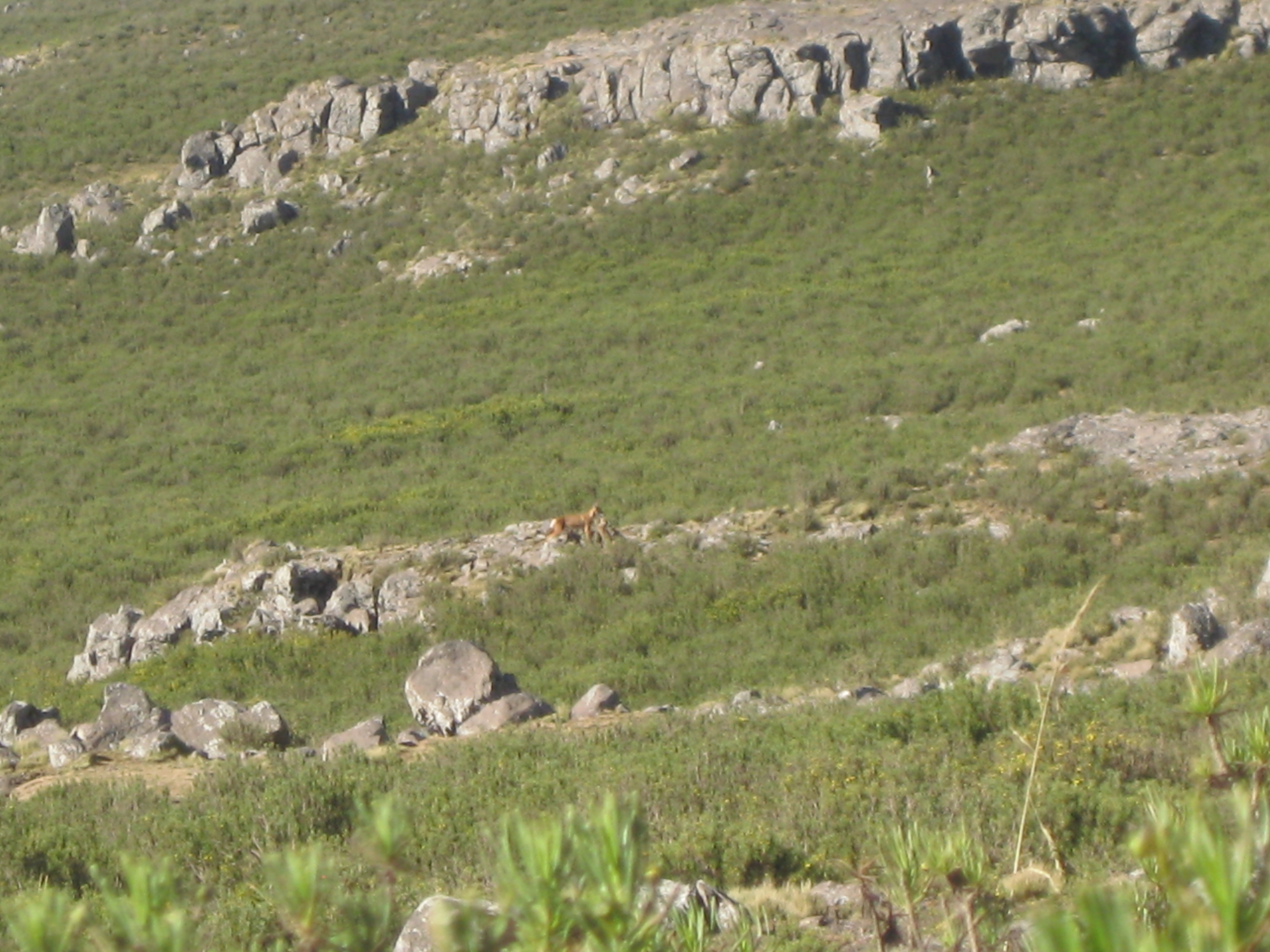
The Ethiopian wolf, Canis simensis, is one of the most vulnerable large carnivores in Africa and the rarest canid species worldwide, with an estimated population of fewer than 500 adults. The Amhara wolf population, north of the Rift Valley, is distinct from the southeastern Bale and Arsi populations, and under greater pressure.
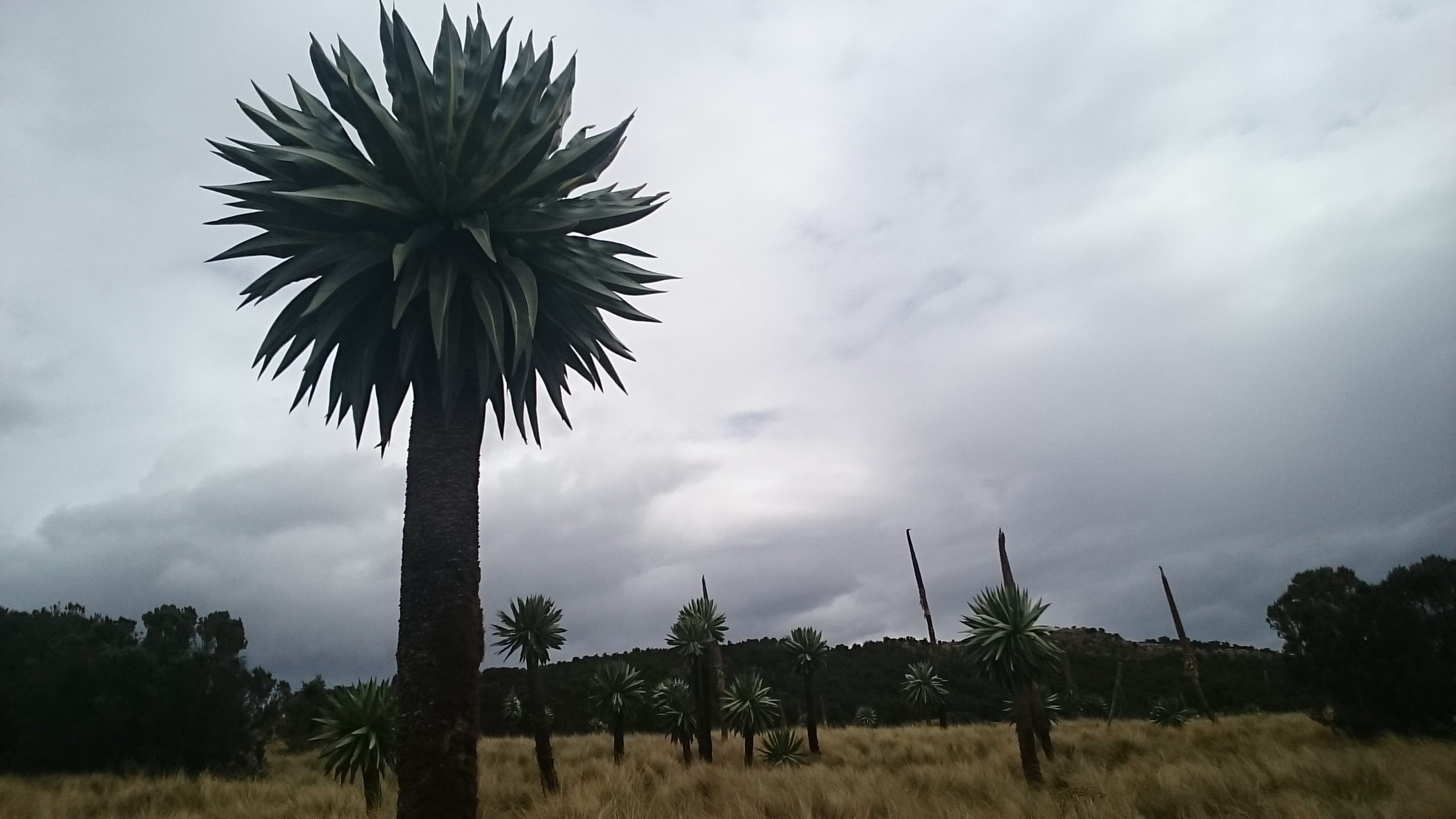
2020 has so far seen a lot of disruption to our work, just as it has for many organisations. We’ve limited our fieldwork to ensure the safety of our teams and the local communities we work with, and international staff are unable to travel to Ethiopia. Fortunately, there are many tasks we can work on from home and we’ve taken advantage of the time to focus on our research outputs, aided greatly by the addition of researcher Beth Preston.
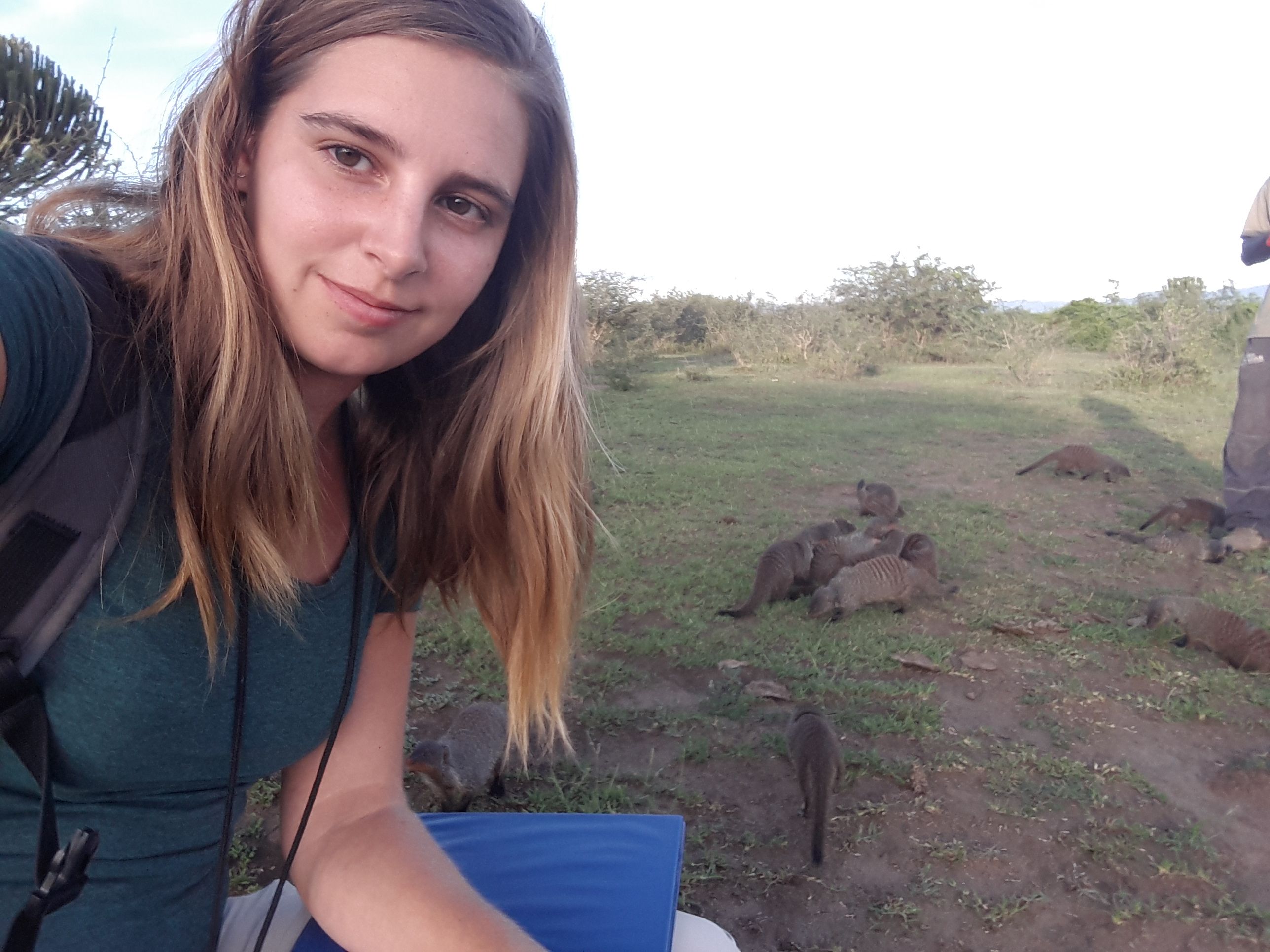
We are used to responding to large-scale threats to the wolves, like habitat loss and disease, but the acts of individuals can have a real impact, both good and bad. We have recently seen a worrying resurgence in behaviours that can threaten wolf survival.
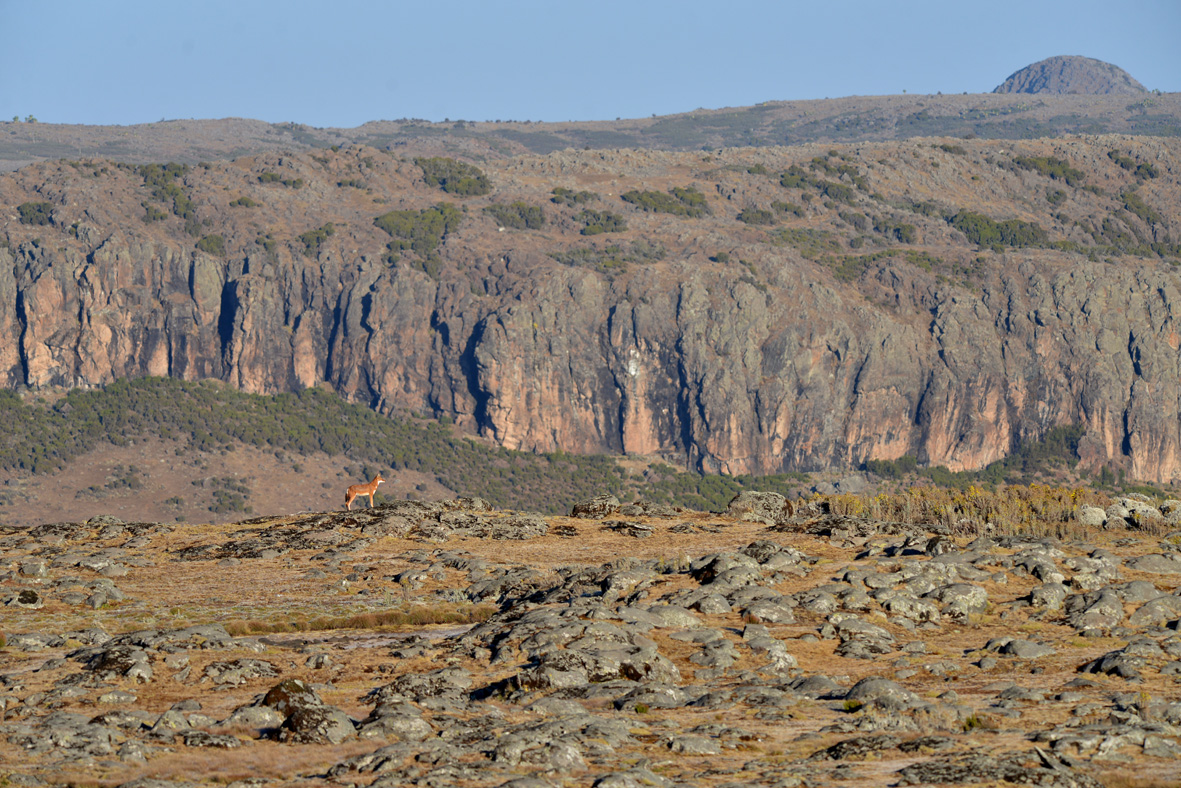
The Amhara region encompasses most of Ethiopia’s highlands north and west of the Rift Valley. Here you can find the source of the Blue Nile, Lake Tana, and the breath-taking Simien Mountains, but also a less well-known Menz-Guassa Community Conservation Area (MGCCA). This highland plateau is diverse in wildlife and home to many animals found only in Ethiopia, such as the Ethiopian wolf, the gelada baboon, and several rodent species.
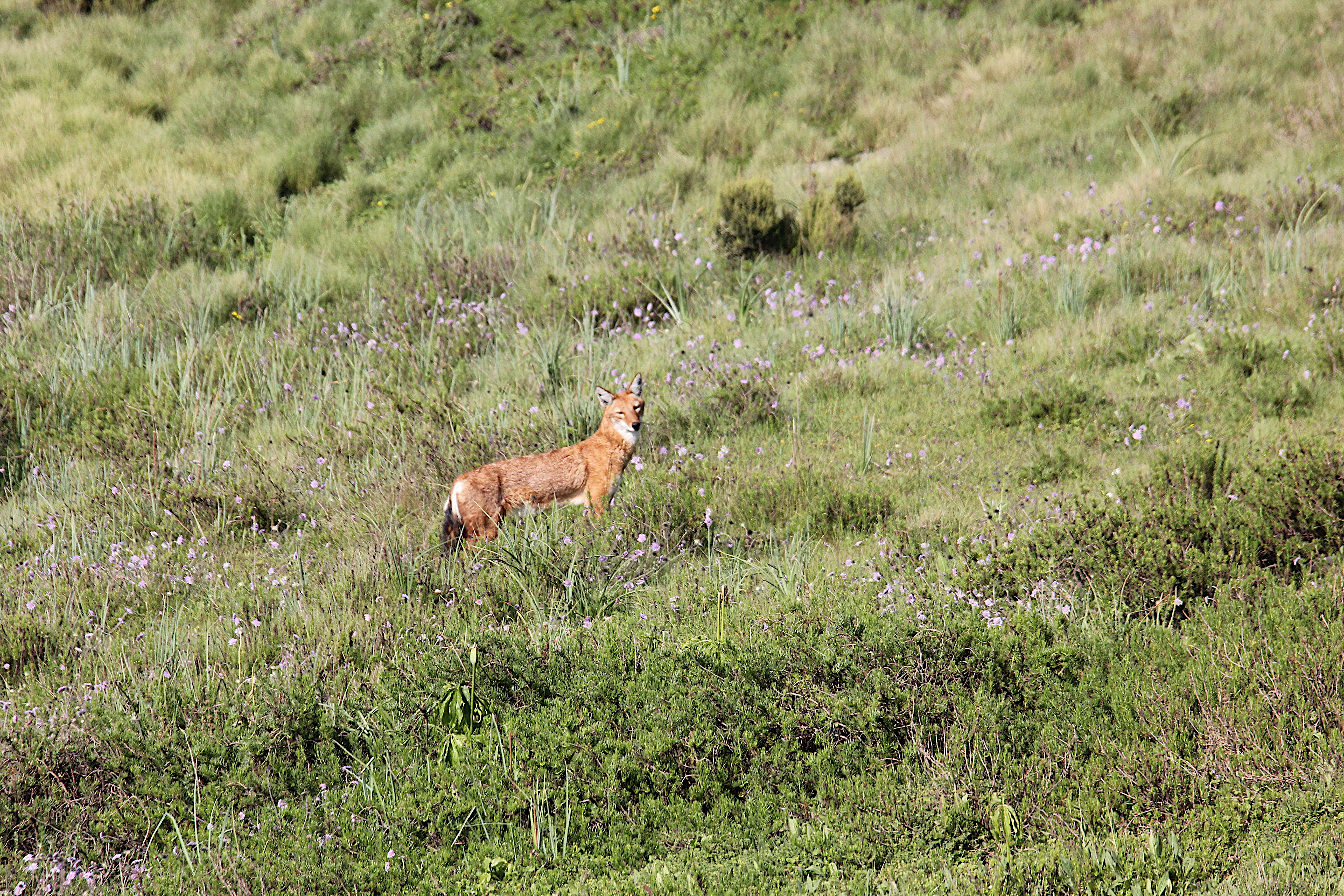
By Girma Eshete
Delanta is a small isolated Afroalpine flat south of Abune Yosef and Aboi Gara, home for 16-19 estimated wolves before 2016. Human settlement, farming and the encroachment of domestic animals, especially dogs, caused a canine distemper outbreak in 2017 that sadly decimated all the wolves of Delanta. After this disastrous event EWCP continued monitoring the habitat remotely with Wolf Ambassador Esubalew Milashu, hoping the area could serve as a potential wolf reintroduction site in future. Our Wolf Ambassadors are members of the community that act as ears and eyes in remote areas that are difficult for us to access regularly.
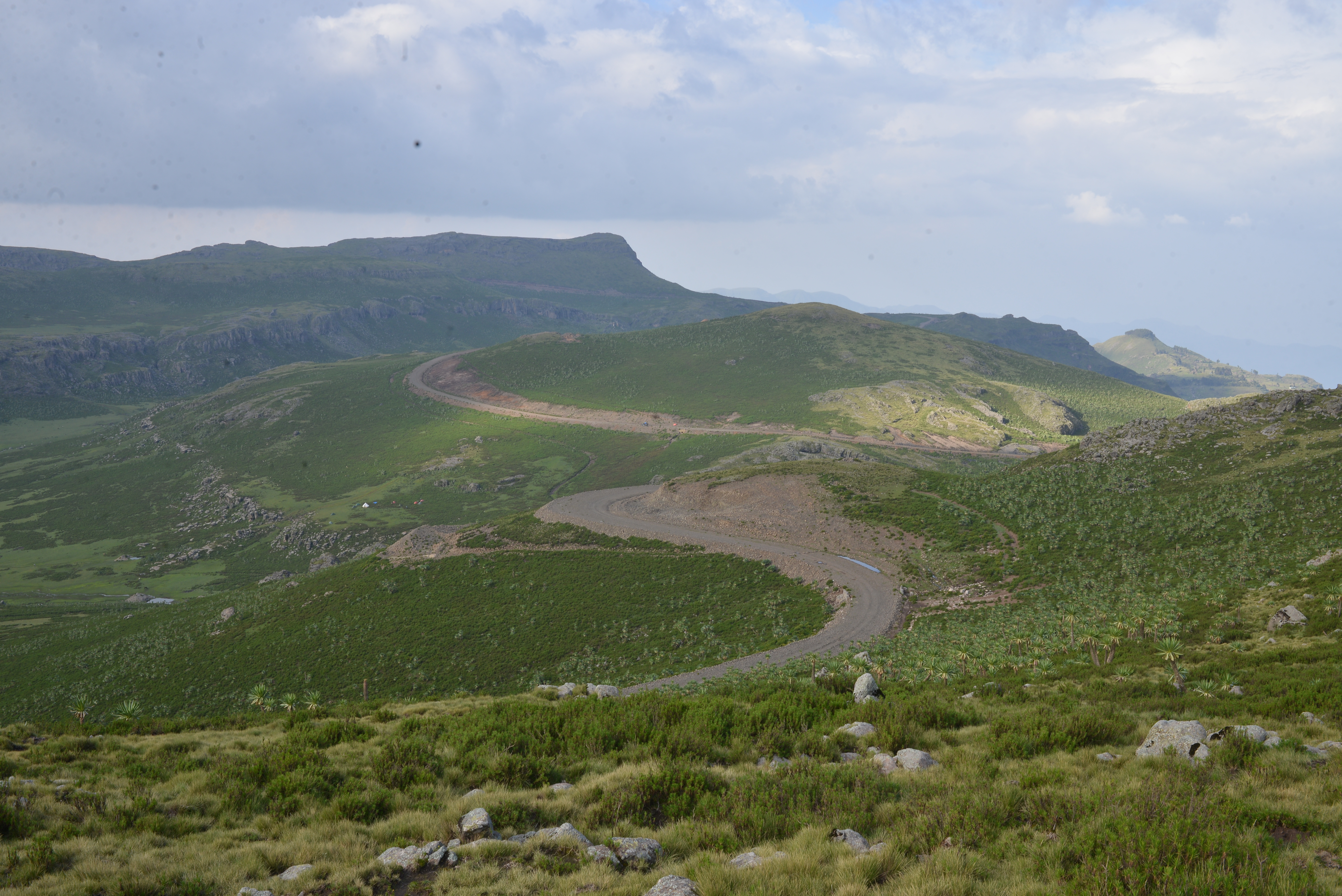
It’s a long way to the Simien Mountains.
While slowly climbing the Ethiopian massif, in the north of the country, the world passes by my window. A land divided into infinite agriculture plots, dotted by small villages. Most crops have already been harvested and the fields are now ploughed. It’s the season for green peas, which later at our campsite are offered to us, toasted and accompanied by cloudy corofe, a local drink made out of barley.
